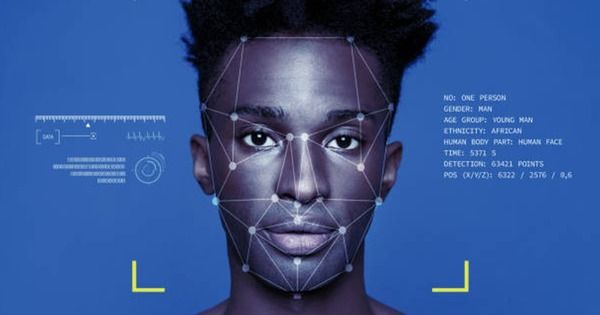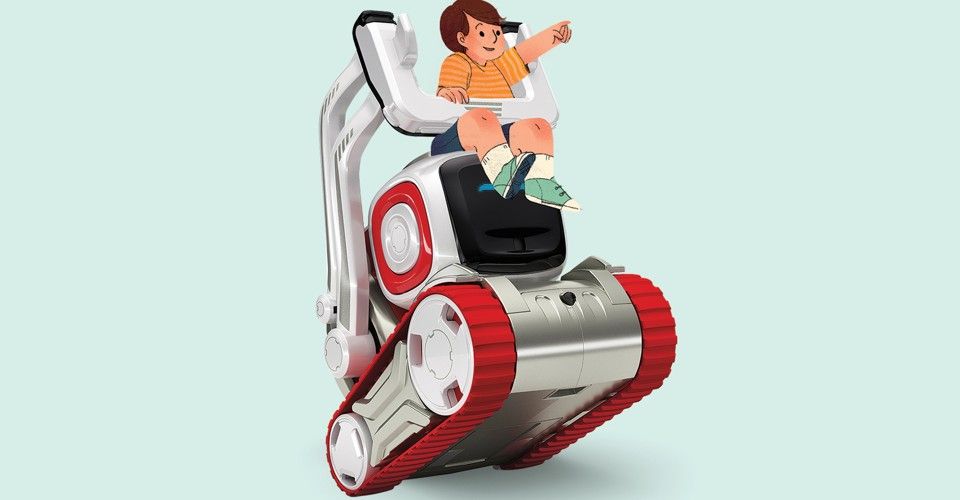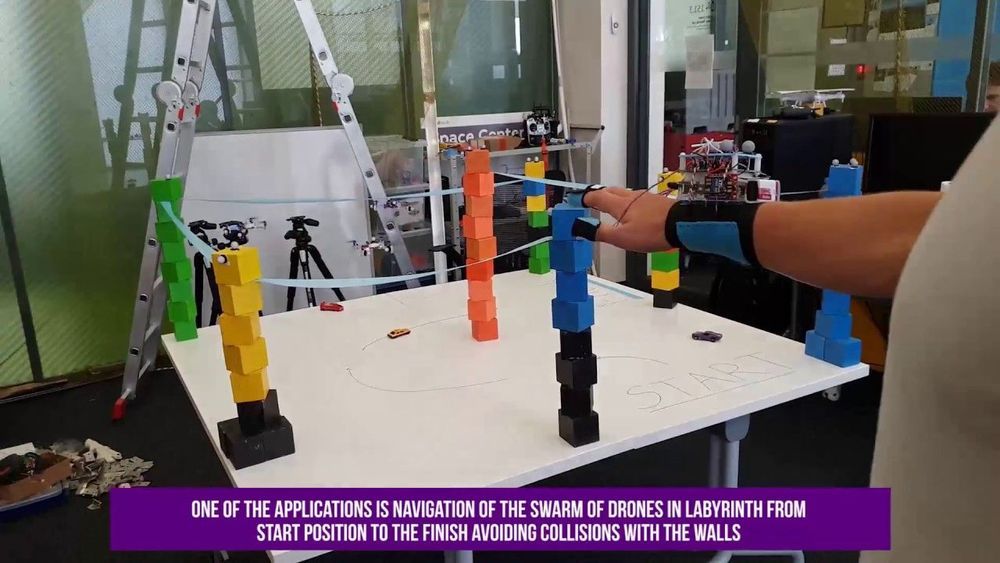
PricewaterhouseCoopers, the large accounting and management consulting firm, released a startling report indicating that workers will be highly impacted by the fast-growing rise of artificial intelligence, robots and related technologies.
Banking and financial services employees, factory workers and office staff will seemingly face the loss of their jobs—or need to find a way to reinvent themselves in this brave new world.
The term “artificial intelligence” is loosely used to describe the ability of a machine to mimic human behavior. AI includes well-known applications, such as Siri, GPS, Spotify, self-driving vehicles and the larger-than-life robots made by Boston Robotics that perform incredible feats.


















